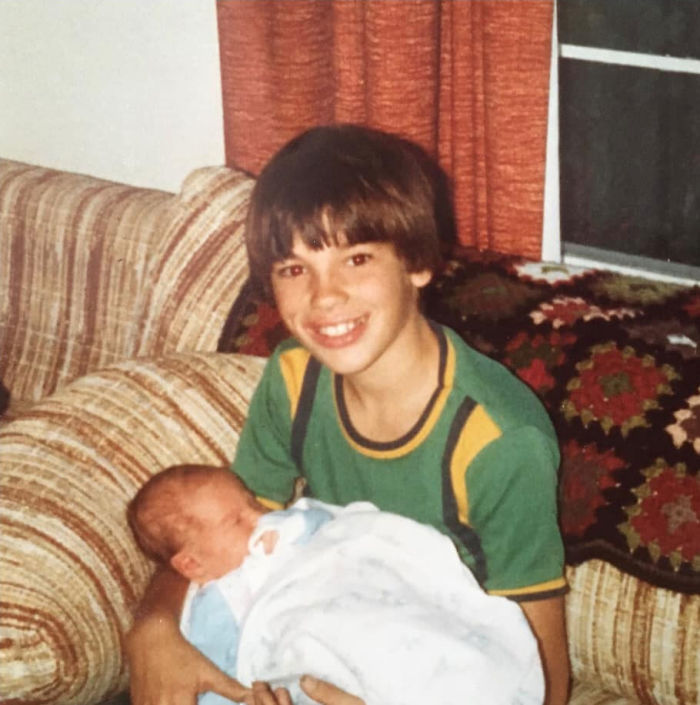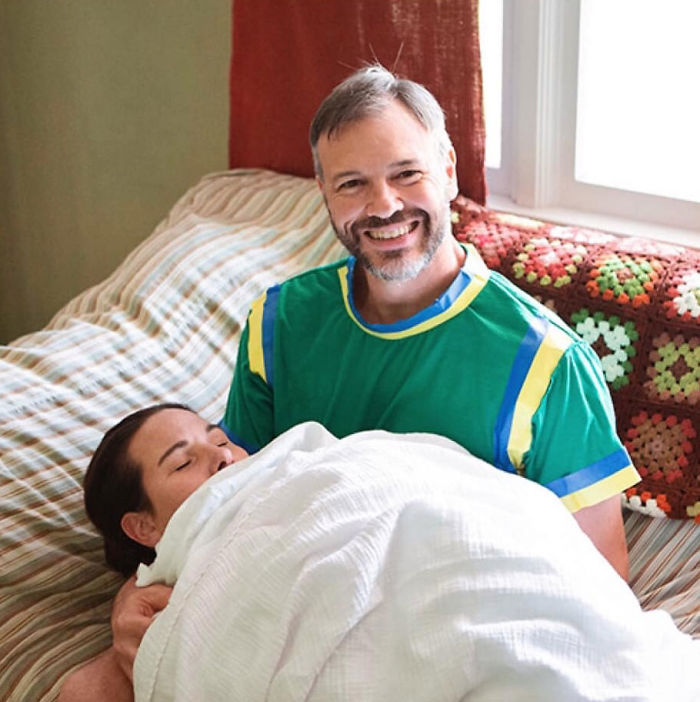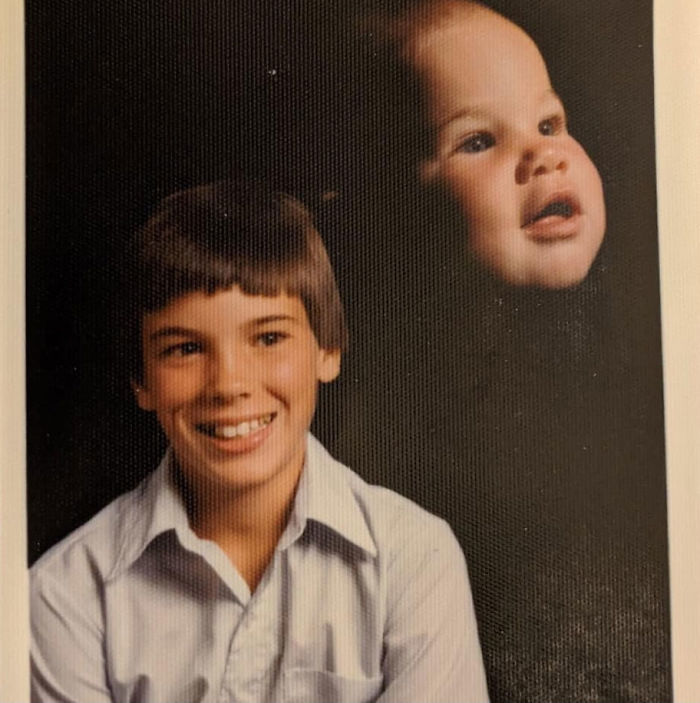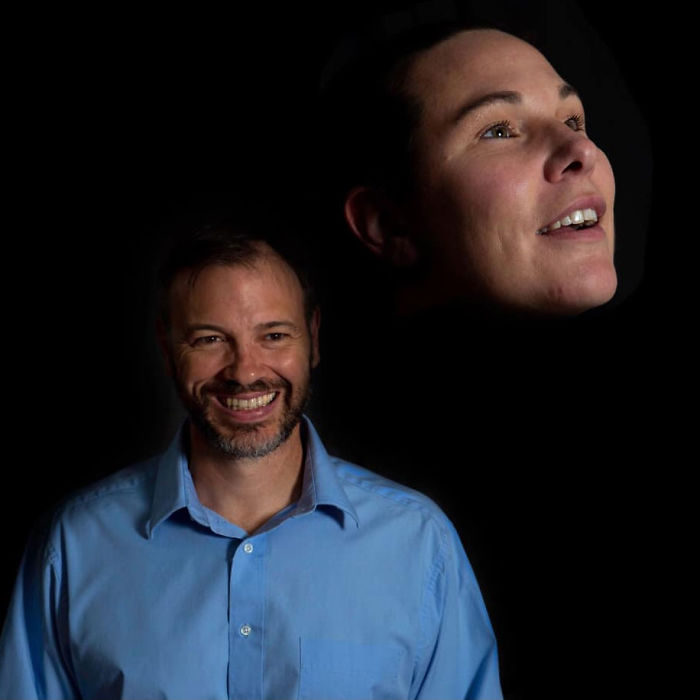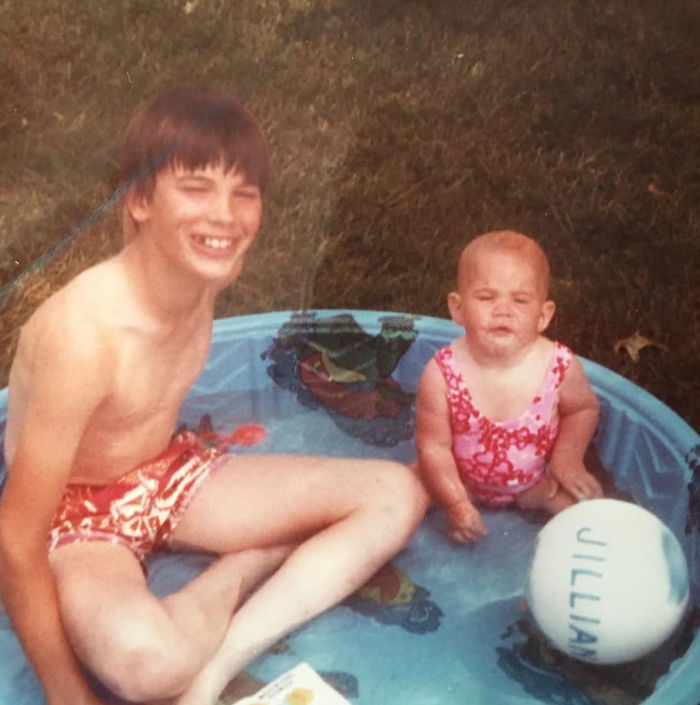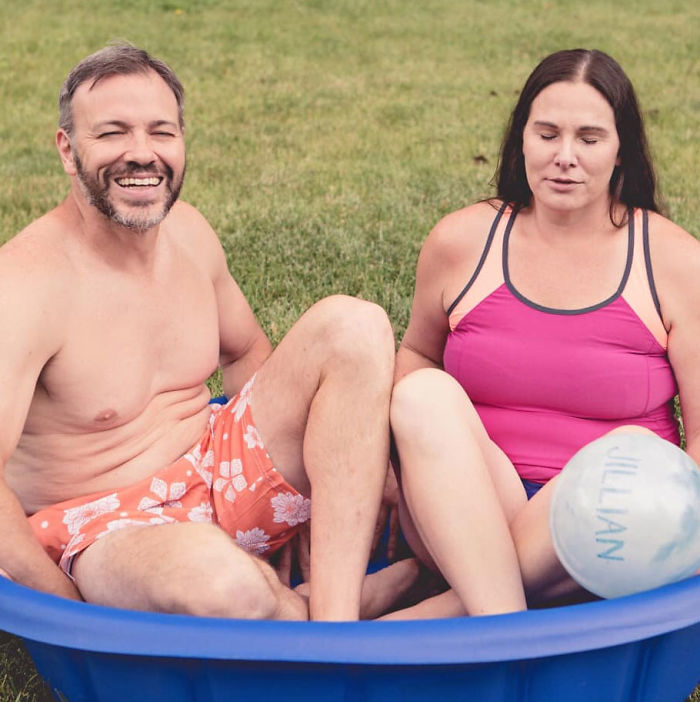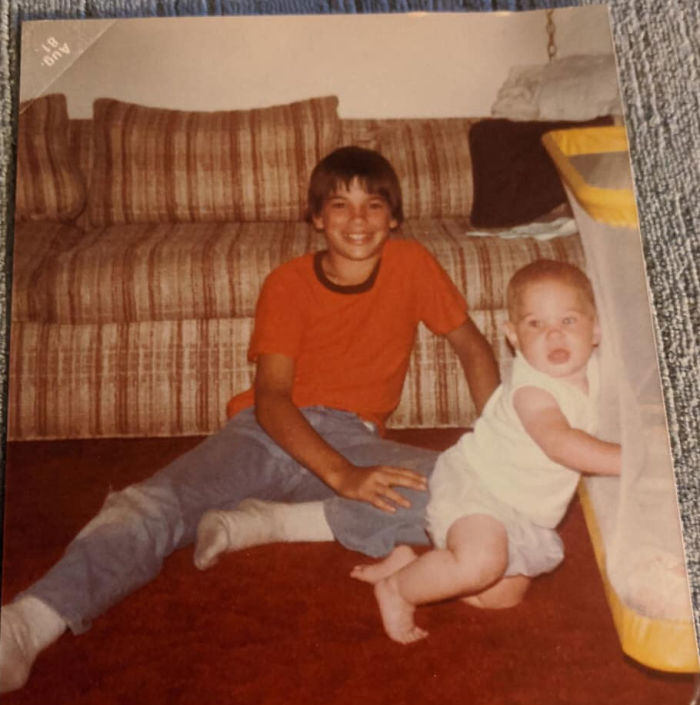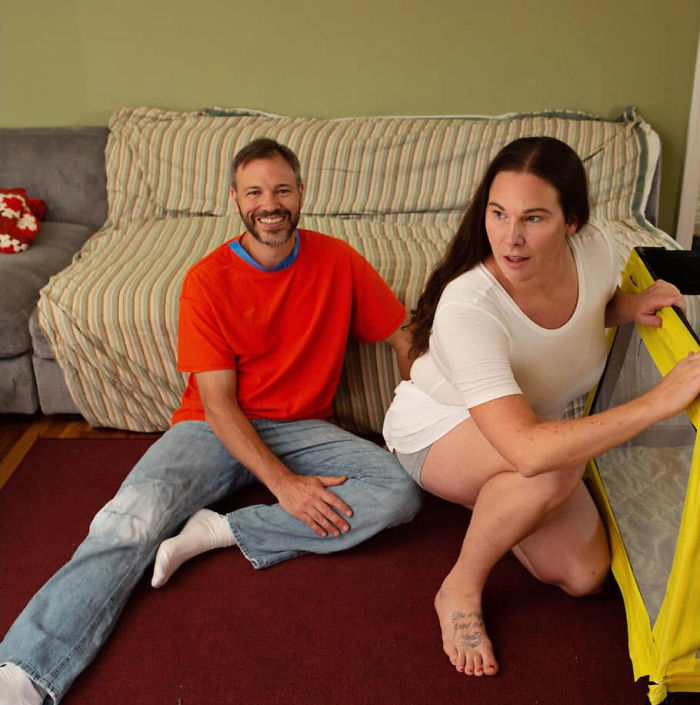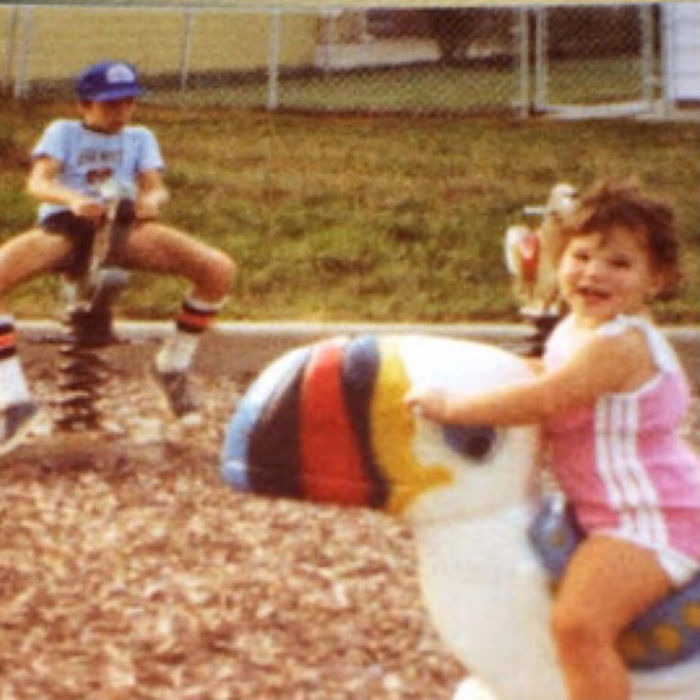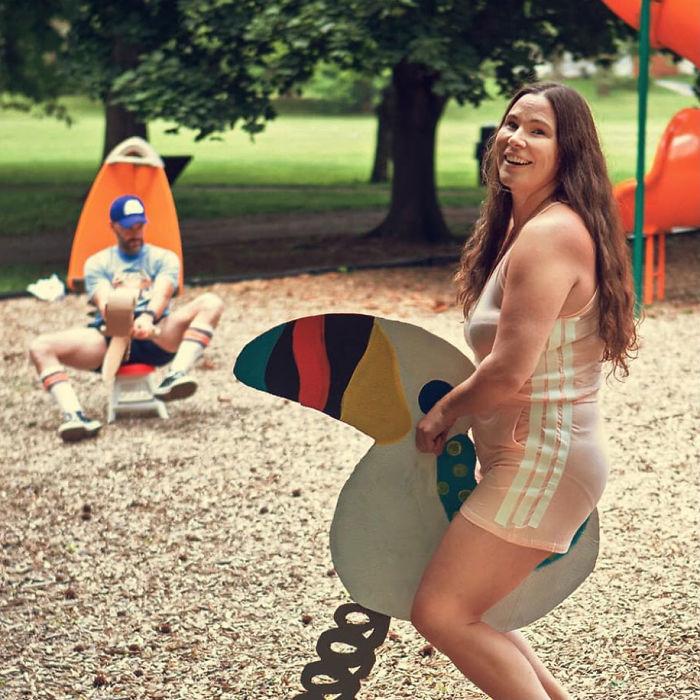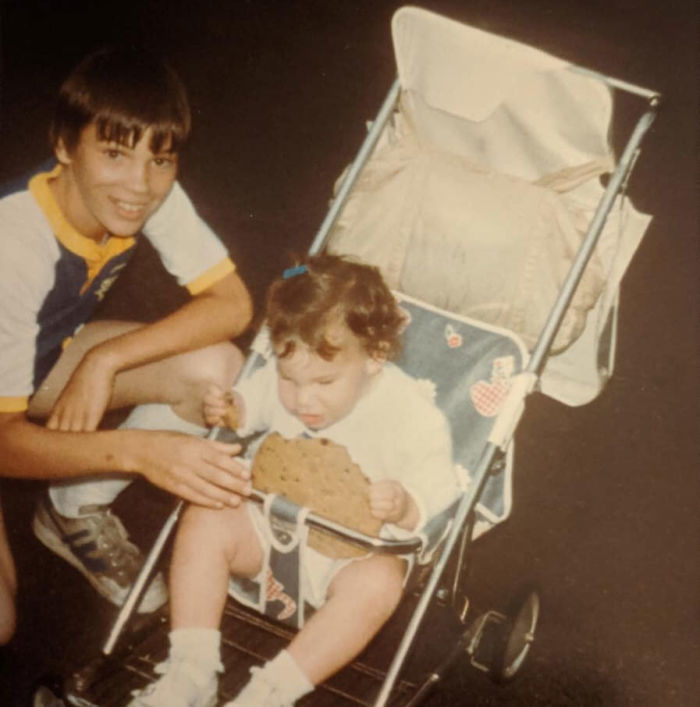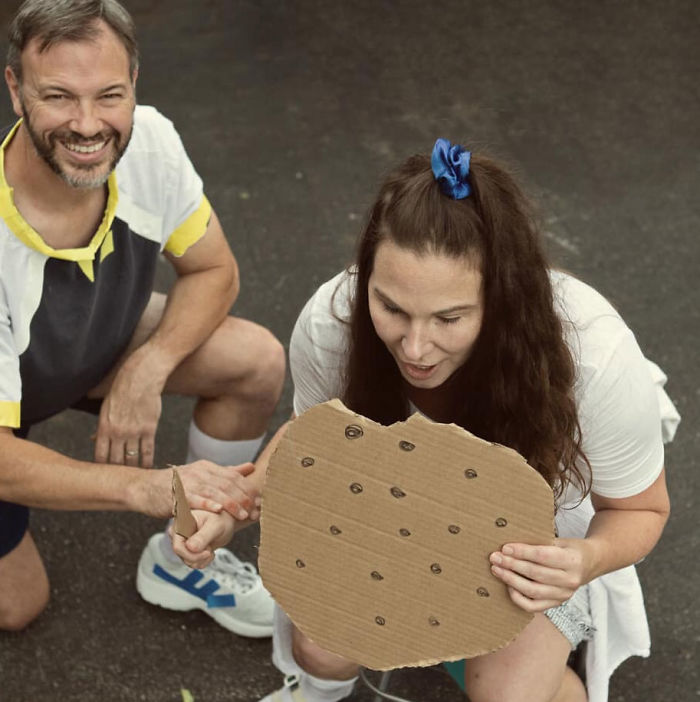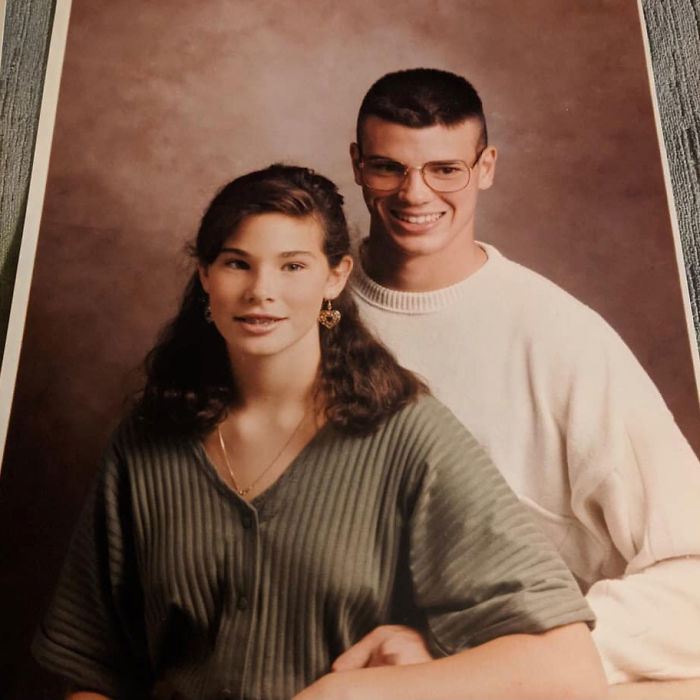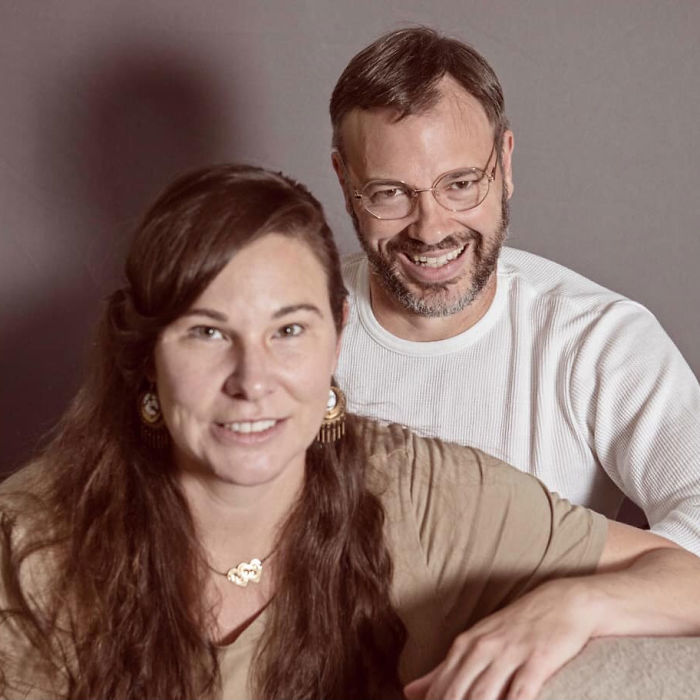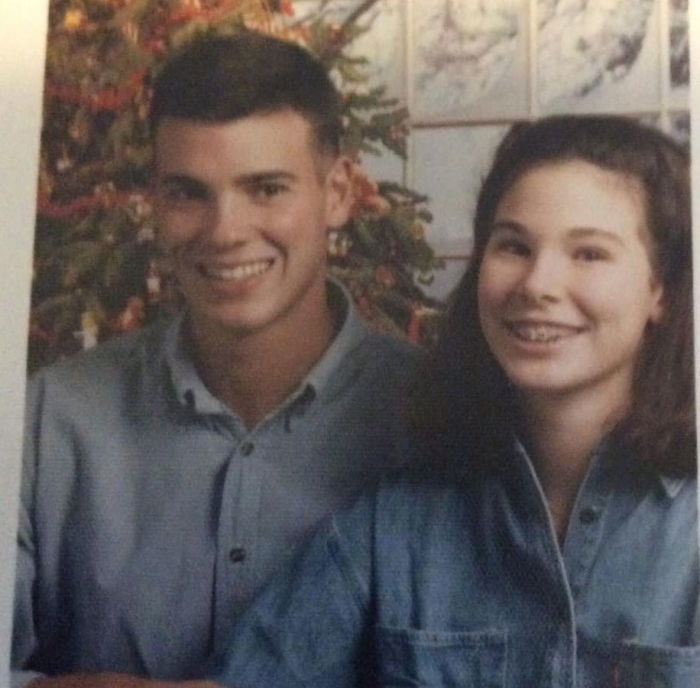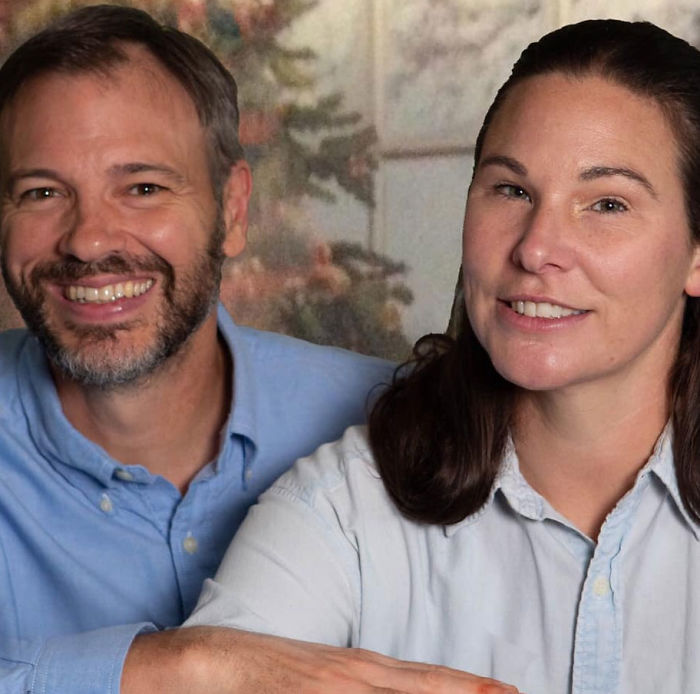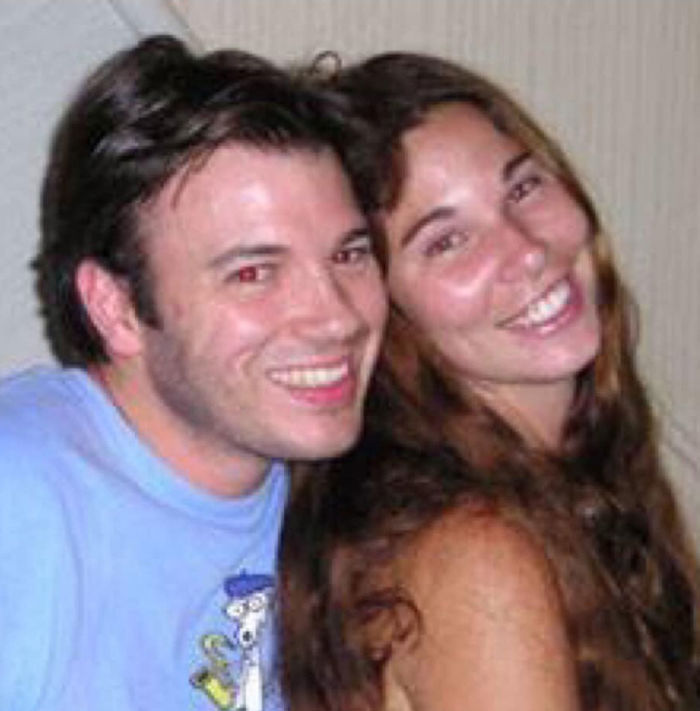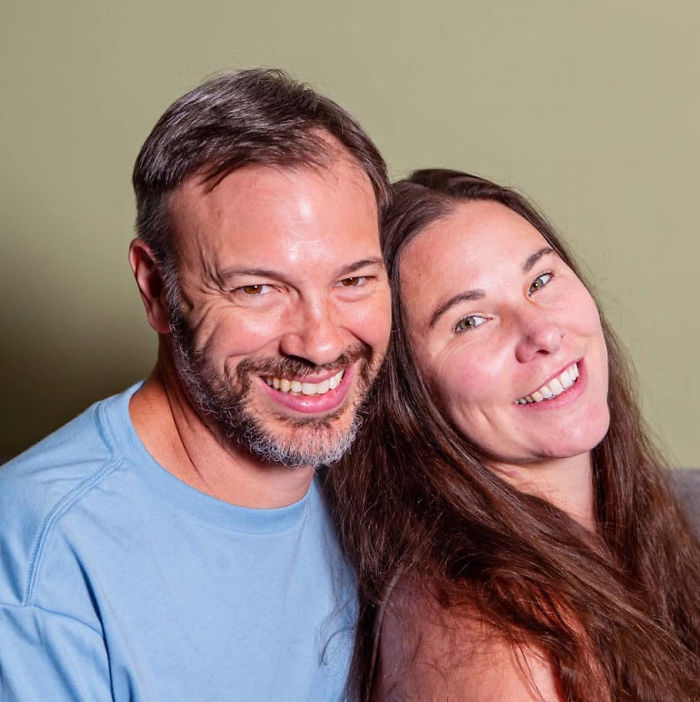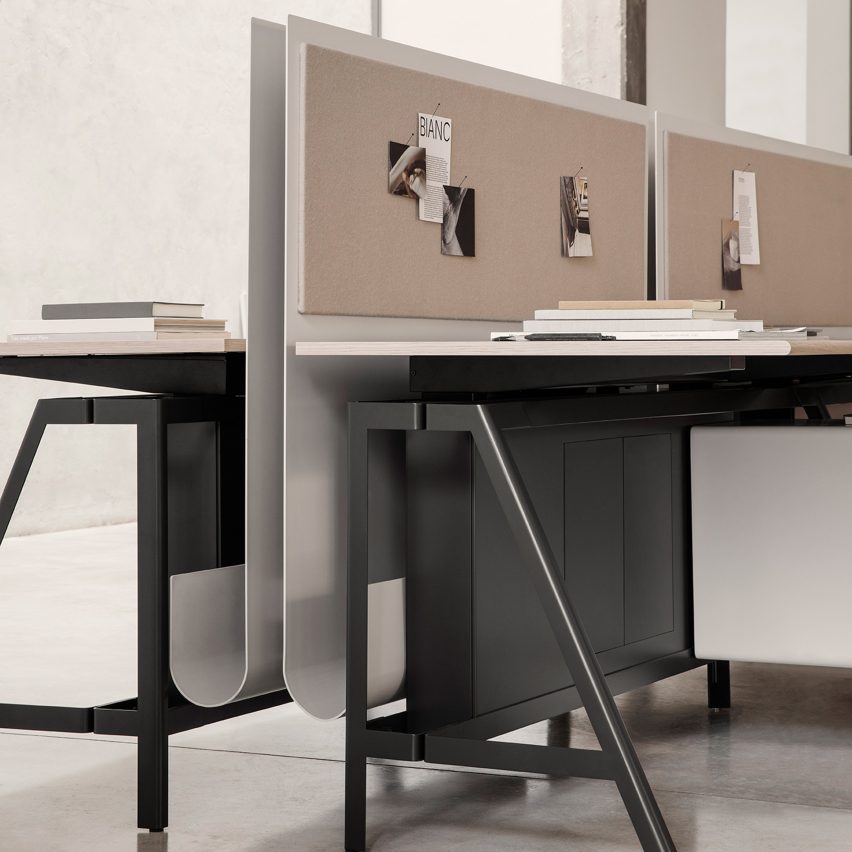A dog may be a human's best friend, but cats aren't far from it either. Worshiped since the times of ancient Egypt, these lovely furry creatures sure know ways to people's hearts. Therefore, it will probably come as no surprise that even long before the era of the internet and YouTube, cat videos were already popular. Back in 1894, inventor Thomas Edison filmed two kittens "boxing" inside a ring, and this just proves the fact that humans have long been obsessed with cute cat content way before it was cool.
However, one thing that separates dogs from cats is how they became domesticated. One recent survey of cat genes suggests that the felines might have actually domesticated us, and not the other way around. According to scientists, the earlier ancestors of domestic cats spread from southwest Asia into Europe sometime around 4400 B.C. Cats started hanging around farming communities in the Fertile Crescent about 8,000 years ago, where they formed a mutually beneficial relationship with humans.
Surprisingly, the same study reveals that wild and domestic cats showed almost no major differences in their genetics, with one of the traits telling them apart being their tabby coat markings. It is speculated that the marking began appearing in domesticated cats in the Middle Ages, and the gene for this type of coat goes back to the Ottoman Empire. It was only in the 18th century that the tabby coat markings became widespread to be fully associated with domestic cats. However, creating new cat breeds came even later—in the 19th century.
“I think that there was no need to subject cats to such a selection process since it was not necessary to change them,” Eva-Maria Geigl, an evolutionary geneticist, told National Geographic a few years ago. “They were perfect as they were.” Recently, a Facebook page called OMG Meow shared a comprehensive list of the most popular cat breeds that every respectable cat lover should know. Scroll down below to see all 50 of them and vote for the ones you like the most!
More info: Facebook
#1
"The Ragdoll is a cat breed with a color paint coat and blue eyes. They are large and muscular semi-longhair cats with a soft and silky coat. Developed by American breeder Ann Baker in the 1960s, they are best known for their docile and placid temperament and affectionate nature."
Image credits: OMG Meow
#2
"The Siberian is a centuries-old landrace of domestic cat in Russia and recently developed as a formal breed with standards promulgated the world over since the late 1980s. Siberians vary from medium to large in size."
Image credits: OMG Meow
#3
"The Norwegian Forest cat is a breed of domestic cat originating in Northern Europe. This natural breed is adapted to a very cold climate, with a top coat of glossy, long, water-shedding hairs and a woolly undercoat for insulation."
Image credits: OMG Meow
#4
"The Russian Blue is a cat breed that comes in colors varying from a light shimmering silver to a darker, slate grey. Their short, dense coat has been the hallmark of the Russian breed for more than a century. The dense coat stands out from the body."
Image credits: OMG Meow
#5
"The Himalayan, is a breed or sub-breed of long-haired cat similar in type to the Persian, with the exception of its blue eyes and its paint coloration, which were derived from crossing the Persian with the Siamese."
Image credits: OMG Meow
#6
"The Bengal cat is a domesticated cat breed created from hybrids of domestic cats, the Asian leopard cat and the Egyptian Mau, which gives them their golden shimmer - the breed name comes from the taxonomic name. Bengals have a wild appearance and may show spots, rosettes, arrowhead markings, or marbling."
Image credits: OMG Meow
#7
"The Bombay cat is a type of short-haired cat developed by breeding sable Burmese and black American Shorthair cats, to produce a cat of mostly Burmese type, but with a sleek, panther-like black cat. Bombay is the name given to black cats of the Asian group."
Image credits: OMG Meow
#8
"The British Longhair is a medium-sized, semi-long-haired breed of domestic cat, originating in Great Britain."
Image credits: OMG Meow
#9
"The Somali cat is often described as a long-haired African cat; a product of a recessive gene in Abyssinian cats, though how the gene was introduced into the Abyssinian gene pool is unknown. It is believed that they originated from Somalia, long lost cousin of the Abyssinian cat; which has origins in Ethiopia."
Image credits: OMG Meow
#10
"The British Shorthair is the pedigreed version of the traditional British domestic cat, with a distinctively stocky body, dense coat, and broad face. The most familiar color variant is the 'British Blue,' a solid grey-blue coat, copper eyes, and a medium-sized tail."
Image credits: OMG Meow
#11
"The Scottish Fold is a breed of domestic cat with a natural dominant-gene mutation that affects cartilage throughout the body, causing the ears to 'fold,' bending forward and down towards the front of the head, which gives the cat what is often described as an 'owl-like' appearance.'
Image credits: OMG Meow
#12
"The Turkish Angora is a breed of a domestic cat. Turkish Angoras are one of the ancient, natural breeds of cat, having originated in central Turkey, in the Ankara region. The breed has been documented as early as the 17th century and is believed to the origin of the mutations for both the color white and long hair."
Image credits: OMG Meow
#13
"The Maine Coon is the largest domesticated cat breed. It has a distinctive physical appearance and valuable hunting skills. It is one of the oldest natural breeds in North America, specifically native to the state of Maine, where it is the official state cat."
Image credits: OMG Meow
#14
"The Birman, also called the 'Sacred Cat of Burma,' is a domestic cat breed. The Birman is a long-haired, color-pointed cat distinguished by a silky coat, deep blue eyes and contrasting white 'gloves' or 'socks' on each paw. The breed name is derived from Birmanie, the French form of Burma."
Image credits: OMG Meow
#15
"The Siamese cat is one of the first distinctly-recognized breeds of Asian cat. Derived from the Wichianmat, one of several varieties of cat native to China and brought to Thailand, the original Siamese became one of the most popular breeds in Europe and North America in the 19th century."
Image credits: OMG Meow
#16
"The American Shorthair is a breed of domestic cat believed to be descended from European cats brought to North America by early settlers to protect valuable cargo from mice and rats. According to the Cat Fanciers' Association, in 2012, it was the seventh most popular pedigreed cat in the United States."
Image credits: OMG Meow
#17
"The Balinese is a long-haired breed of domestic cat with Siamese-style point coloration and sapphire-blue eyes."
Image credits: OMG Meow
#18
"The Ragamuffin is a breed of domestic cat. It is a variant of the Ragdoll cat and was established as a separate breed in 1994. Ragamuffins are notable for their friendly personalities and thick, rabbit-like fur."
Image credits: OMG Meow
#19
"Egyptian Maus are a small- to medium-sized short-haired cat breed. They are one of the few naturally spotted breeds of domesticated cat. The spots of Mau occur on only the tips of the hairs of its coat. It is considered a rare breed."
Image credits: OMG Meow
#20
"The Korat cat is a silver-tipped blue-grey, short-haired breed of domestic cat with a small to medium build and a low percentage of body fat. Its body is semi-cobby, and unusually heavy for its size. It is an intelligent and playful active cat that forms strong bonds with people."
Image credits: OMG Meow
#21
"The Singapura is one of the smallest breeds of cats, noted for its large eyes and ears, brown ticked coat, and blunt tail."
Image credits: OMG Meow
#22
"The Ocicat is an all-domestic breed of cat which resembles a wild cat but has no recent wild DNA in its gene pool. The breed is unusual in that it is spotted like a wild cat but has the temperament of a domestic animal. It is named for its resemblance to the ocelot."
Image credits: OMG Meow
#23
"The Abyssinian is a breed of domestic short-haired cat with a distinctive 'ticked' tabby coat, in which individual hairs are banded with different colors. In nomenclature terms, they are also known as simply Abys. The breed is named for Abyssinia where it is believed to have originated."
Image credits: OMG Meow
#24
"The Snowshoe is a breed of cat originating in the United States of America in the 1960s. Snowshoes were first produced in Philadelphia when a Siamese breeder's cat gave birth to three kittens with white feet."
Image credits: OMG Meow
#25
"The Selkirk Rex is a breed of cat with highly curled hair."
Image credits: OMG Meow
#26
"The Oriental Shorthair is a breed of domestic cat that is developed from and closely related to the Siamese cat. It maintains the modern Siamese head and body type but appears in a wide range of coat colors and patterns."
Image credits: OMG Meow
#27
"The Nebelung is a rare pedigree breed of domestic cat. Nebelungs have long bodies, wide-set green eyes, long and dense fur, and mild dispositions."
Image credits: OMG Meow
#28
"The Burmese cat is a breed of domestic cat, originating in Thailand, believed to have its roots near the present Thai-Burma border and developed in the United States and Britain."
Image credits: OMG Meow
#29
"The European Shorthair, called the European in FIFe and WCF is a cat breed originating in Sweden. The term has also been used as an elaborate way of referring to common domestic cats of Europe, causing some confusion as the pedigree cats of this breed also should resemble the typical domestic cats of Europe."
Image credits: OMG Meow
#30
"The Chartreux is a rare breed of a cat from France, and is recognized by a number of registries around the world. The Chartreux is large and muscular with relatively short, fine-boned limbs, and very fast reflexes."
Image credits: OMG Meow
#31
"The Toyger breed of domestic cat, the result of breeding domestic shorthaired tabbies to make them resemble a 'toy tiger,' as its striped coat is reminiscent of the tiger's."
Image credits: OMG Meow
#32
"The Persian cat is a long-haired breed of cat characterized by its round face and short muzzle. It is also known as the "Persian Long-hair" in the English-speaking countries. In the Middle East region, they are widely known as "Shirazi cats" and in Iran they are known as "Shiraz cat."
Image credits: OMG Meow
#33
"The Turkish Van is a semi-long-haired breed of domestic cat, which was developed in the United Kingdom from a selection of cats obtained from various cities of modern Turkey, especially South-east Turkey."
Image credits: OMG Meow
#34
"The Pixie-bob is a breed of domestic cat claimed to be the progeny of naturally occurring bobcat hybrids. However, DNA testing has failed to detect bobcat marker genes, and Pixie-bobs are considered wholly domestic for the purposes of ownership, cat fancy registration, and import and export."
Image credits: OMG Meow
#35
"The Lykoi is a natural mutation from a domestic shorthair that looks like the popular idea of a werewolf. The mutation has occurred in domestic cats over the last 20 years. DNA testing has been done by UC Davis to confirm that the cats do not carry the Sphynx/Devon gene. The breed was developed in Vonore, Tennessee."
Image credits: OMG Meow
#36
"The Havana Brown was the result of a planned breeding between Siamese and domestic black cats, by a group of cat fanciers in England, in the 1950s. Early breeders introduced a Siamese type Russian Blue into their breeding. However, using current genetic testing, it is believed that almost none remain in the gene pool."
Image credits: OMG Meow
#37
"The Devon Rex is a breed of intelligent, tall-eared, short-haired cat that emerged in England during the late 1950s.They are known for their slender bodies, wavy coat, and large eyes. This breed of cat is capable of learning difficult tricks but can be hard to motivate."
Image credits: OMG Meow
#38
"The Manx cat is a breed of domestic cat originating on the Isle of Man, with a naturally occurring mutation that shortens the tail."
Image credits: OMG Meow
#39
"A Cornish Rex is a breed of domestic cat. The Cornish Rex has no hair except for down. Most breeds of cat have three different types of hair in their coats; the outer fur or 'guard hairs', a middle layer called the 'awn hair,' and the down hair or undercoat, which is very fine and about 1 cm long."
Image credits: OMG Meow
#40
"The American Wirehair is a breed of domestic cat originating in upstate New York. As of 2017, though the breed is well-known, it is ranked as the most rare of the 41 Cat Fanciers' Association breeds."
Image credits: OMG Meow
#41
"The American Curl is a breed of a cat characterized by its unusual ears, which curl back from the face toward the center of the back of the skull. An American Curl's ears should be handled carefully because rough handling may damage the cartilage in the ear."
Image credits: OMG Meow
#42
"Tonkinese are a domestic cat breed produced by cross-breeding between the Siamese and Burmese. They share many of their parents' distinctively lively, playful personality traits and are similarly distinguished by a pointed coat pattern in a variety of colors."
Image credits: OMG Meow
#43
"The Munchkin cat or Sausage cat is a newer breed of cat characterized by its very short legs, which are caused by a natural genetic mutation. The Munchkin is considered to be the original breed of dwarf cat."
Image credits: OMG Meow
#44
"The LaPerm is a breed of cat. A LaPerm's fur is curly, with the tightest curls being on the belly, throat and base of the ears. LaPerms come in many colors and patterns. LaPerms generally have a very affectionate personality."
Image credits: OMG Meow
#45
"The Japanese Bobtail is a breed of domestic cat with an unusual bobtail more closely resembling the tail of a rabbit than of other cats. The variety is native to Japan and Southeast Asia."
Image credits: OMG Meow
#46
"The Savannah is a hybrid cat breed. It is a cross between a serval and a domestic cat."
Image credits: OMG Meow
#47
"The Exotic Shorthair is a breed of cat developed as short-haired version of the Persian. The Exotic is similar to the Persian in many ways, including temperament and conformation, a flat nose and face with the exceptions of the short dense coat."
Image credits: OMG Meow
#48
"The Sphynx cat is a breed of cat known for its lack of coat. Hairlessness in cats is a naturally occurring genetic mutation; however, the Sphynx cat, as a breed, was developed through selective breeding, starting in the 1960s."
Image credits: OMG Meow
#49
"The Peterbald is a cat breed of Russian origin. It was created in St. Petersburg in 1994 from an experimental breeding by Olga S. Mironova. They resemble Oriental Shorthairs with a hair-losing gene. The breed was accepted for Championship class competition in 2009."
Image credits: OMG Meow
#50
"The Minskin is a breed of cat derived from crossing the Munchkin with the Sphynx. Since it is a cross with the same breeds, it is sometimes confused with a Bambino cat."
Image credits: OMG Meow
from Bored Panda https://ift.tt/2YV8jCF
